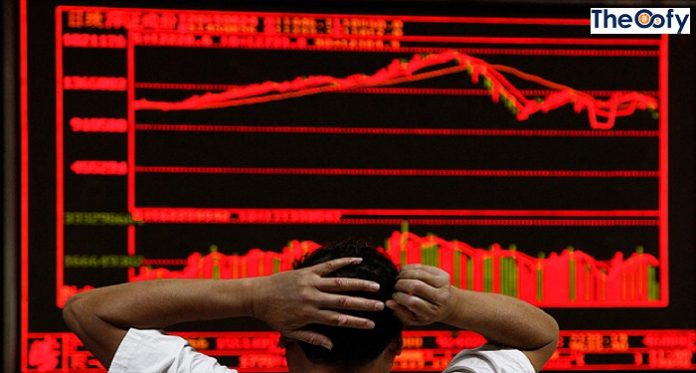The stock market crash of 1929 stands as one of the most significant financial downturns in modern history. But what exactly caused this catastrophic event that led to the Great Depression? Understanding the various factors that contributed to the crash is crucial for both historians and economists. In this article, we will explore the key elements that led to the crash and analyze their impact.
Table of Contents
1. Speculative Bubble
In the years leading up to 1929, the stock market experienced a rapid expansion. The 1920s, often referred to as the “Roaring Twenties,” was a decade of prosperity and optimism in the United States. Many investors believed that the stock market was a surefire way to quick riches, leading to excessive speculation.
Speculation can be defined as the practice of engaging in risky financial transactions in an attempt to profit from short-term fluctuations in the market value of a tradable financial instrument. During this period, many investors were buying stocks on margin, meaning they borrowed money to purchase more stocks. This created a speculative bubble, as stock prices were driven up far beyond their actual value based on company earnings.
2. Overproduction and Weakness in Key Industries
Another contributing factor to the crash was overproduction in various sectors of the economy. The 1920s saw significant advancements in manufacturing and agricultural production, leading to a surplus of goods. As supply outpaced demand, prices began to fall, and profits for businesses decreased.
Key industries such as textiles, coal mining, and agriculture were particularly affected. The declining profitability in these sectors resulted in a loss of investor confidence, which was reflected in the falling stock prices.
3. Inequality in Wealth Distribution
During the 1920s, there was a significant disparity in wealth distribution in the United States. A large portion of the population did not benefit from the economic prosperity of the decade, as wealth was concentrated in the hands of a few. This inequality meant that a vast majority of Americans had limited purchasing power, leading to a lack of sustainable demand for goods and services.
With consumer spending being a crucial component of the economy, this imbalance was unsustainable in the long term. As the economy began to falter, the lack of demand further exacerbated the decline in stock prices.
4. Bank Failures and Lack of Regulation
The financial system at the time was not as regulated as it is today. Many banks had invested heavily in the stock market, and when the market began to falter, these banks suffered significant losses. The resulting bank failures eroded public confidence in the financial system and led to a liquidity crisis.
The lack of a central banking system capable of managing monetary policy and providing stability further worsened the situation. The Federal Reserve, which was still in its infancy, failed to adequately respond to the crisis, exacerbating the economic downturn.
5. Psychological Factors and Panic
The stock market is often influenced by psychological factors. In 1929, as stock prices began to fall, fear and panic spread among investors. The initial sell-off sparked a chain reaction, leading to a massive number of investors trying to liquidate their holdings simultaneously.
This panic selling drove prices down further, creating a self-fulfilling prophecy. As more and more investors lost confidence, the downward spiral intensified, culminating in the infamous stock market crash.
Conclusion
The stock market crash of 1929 was a complex event with multiple contributing factors. The speculative bubble, overproduction, inequality in wealth distribution, bank failures, and psychological factors all played a role in the collapse. Understanding these causes provides valuable lessons for modern economies in preventing similar occurrences.
Disclaimer: This article is for informational purposes only and should not be considered financial advice. Always consult with a professional financial advisor for advice specific to your financial situation.
Related Questions
- How did the Great Depression affect global economies?
- What were the long-term effects of the 1929 stock market crash?
- How do modern financial regulations prevent stock market crashes?
- What lessons can investors learn from the 1929 crash?
- How did the stock market crash of 1929 lead to the Great Depression?




